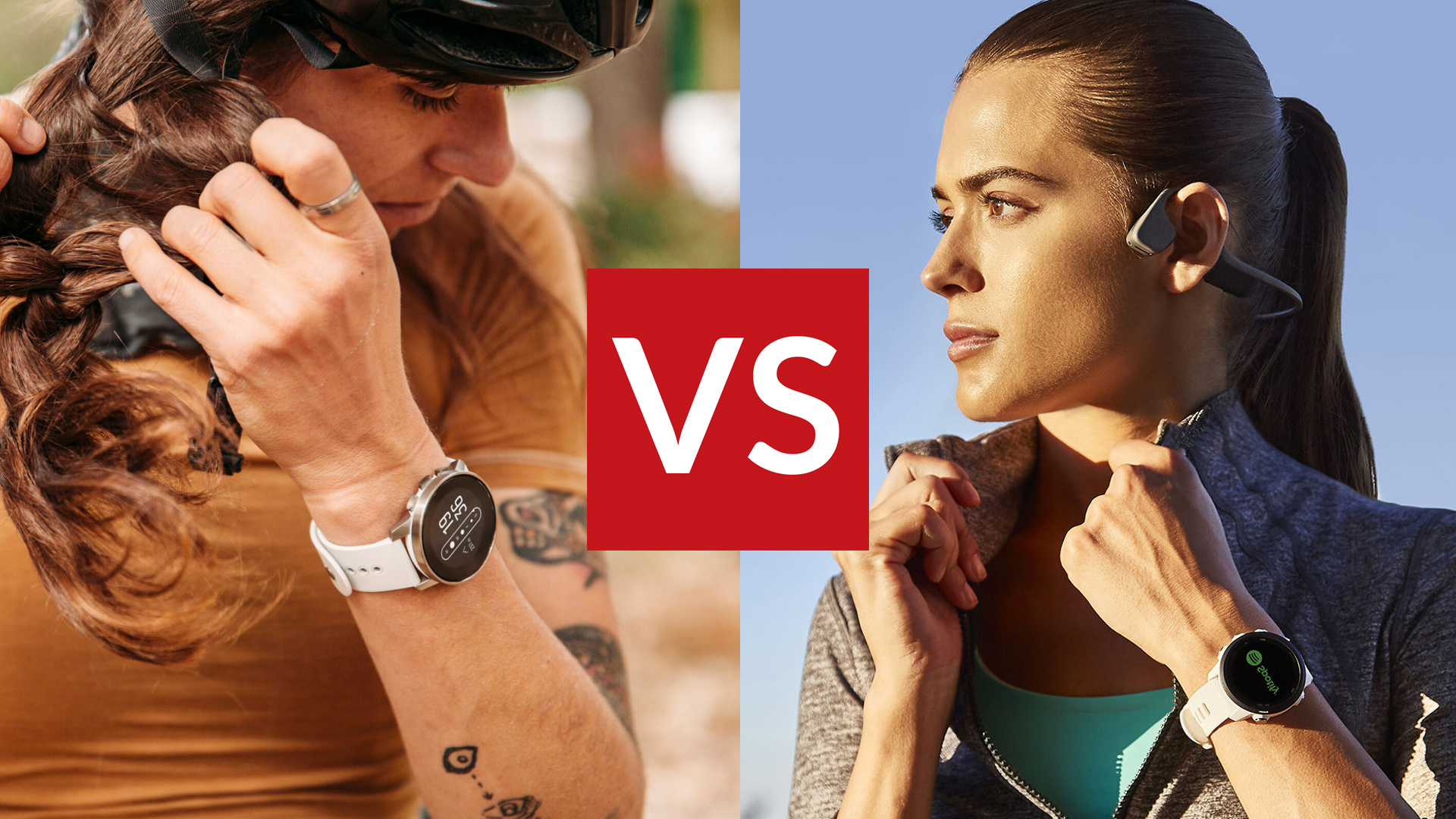

Suunto vs Garmin: which running watch brand is the best? The truth is, when you decide to buy a new fitness wearable, to some degree, you lock yourself in the wider ecosystem of the brand and it's less likely that you'll change later, risking leaving all your training data behind. This is why it's important to make the right decision and do your research before you commit to buy a new watch.
Garmin is well known for dominating the running watch market and being especially popular among pro athletes. On the other hand, Suunto is renowned for the ruggedness of its watches and the navigation features it offers. Both companies have a solid watch lineup including popular models such as the Garmin Forerunner 245, the Garmin Fenix 6 Pro and the Suunto 7.
Which brand wins out if you're looking for the best running watch or best outdoor watch? Can the best Suunto watches compete with the best Garmin watches? Let's find out.
Garmin vs Suunto: wearable lineup
Garmin is infamous for covering every little niche on the fitness wearable market. The Garmin Enduro is a good example of this: that watch is designed to match the needs of endurance trail runners, however small that market might be (clearly big enough for Garmin).
Most runners, trekkers and fitness enthusiasts will find a watch that closely match their requirements in one of the three main ‘series’ Garmin has to offer, namely the Forerunner, Fenix and Venu range.
The Forerunner series is Garmin’s most popular running watch range. Beginner runners will enjoy the simplicity of the Garmin Forerunner 55 while more experienced athletes can opt in for the Garmin Forerunner 245. Pros will most likely get the Garmin Forerunner 945, unless they are hardcore triathletes, in which case the Garmin Forerunner 745 might be a better option.
The Garmin Fenix 6 Pro represents Garmin's ‘adventure watch’ perfectly: it's extremely powerful and feature-rich and essentially includes all the features Garmin has to offer in a smartwatch. The Garmin Instinct Solar is a better option for those on a tighter budget. The Venu series has more health/wellness features and is more suited for everyday health tracking. Notable models are the Garmin Venu Sq and the Garmin Venu 2.
Sign up to the T3 newsletter for smarter living straight to your inbox
Get all the latest news, reviews, deals and buying guides on gorgeous tech, home and active products from the T3 experts
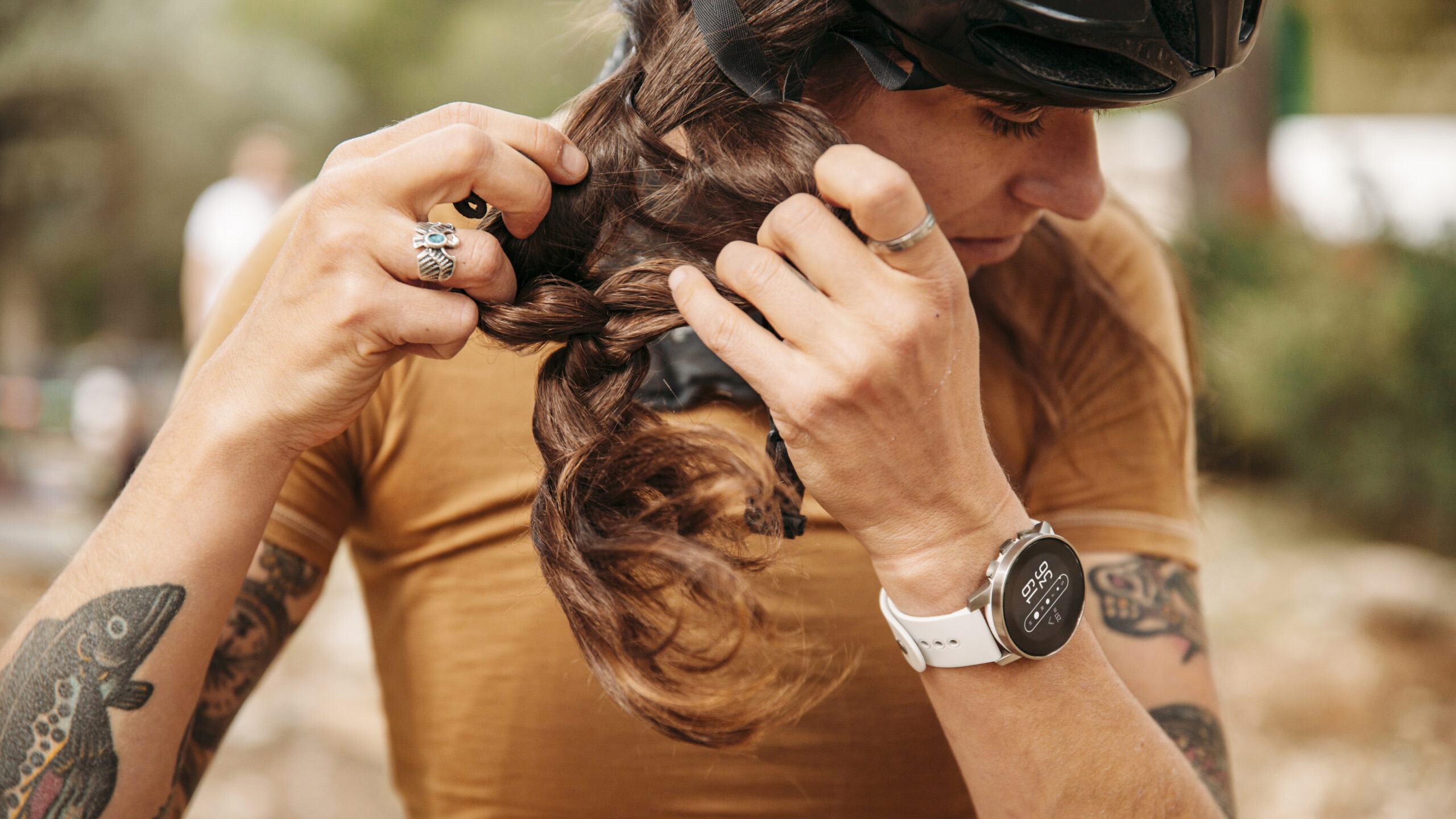
Suunto's watch lineup is more streamlined and includes multiple iterations of its flagship model, the Suunto 9, such as the Suunto 9 Baro Titanium and the newest model, the Suunto 9 Peak. The Suunto 7 is a hybrid, Wear OS-powered fitness/running watch, ideal for sportier people who appreciate a vibrant display on their watch.
Proceeding further down the list of Suunto watches, the picture gets a bit more fragmented. 2022's Suunto 5 Peak, an updated version of an older model, is pleasingly lightweight but let down by clunky software and patchy heart rate tracking. Only hardcore hikers will put up with the small resolution display of the Traverse Alpha (it's a decent hiking watch nevertheless) while the Spartan Sport Wrist HR struggles to offer something significantly different we haven't already seen in the 9 Baro or the Suunto 7.
Older Suunto watches, such as the Suunto 3, isn't worth buying at this point. We are waiting eagerly for Suunto to roll out an updated version of this entry-level watch.
In summary, you'll sure find a watch that's perfect for you but it might take a while to make a decision, considering the near-identical options sometimes. Suunto offers fewer watches which paradoxically might be better for making a decision faster.
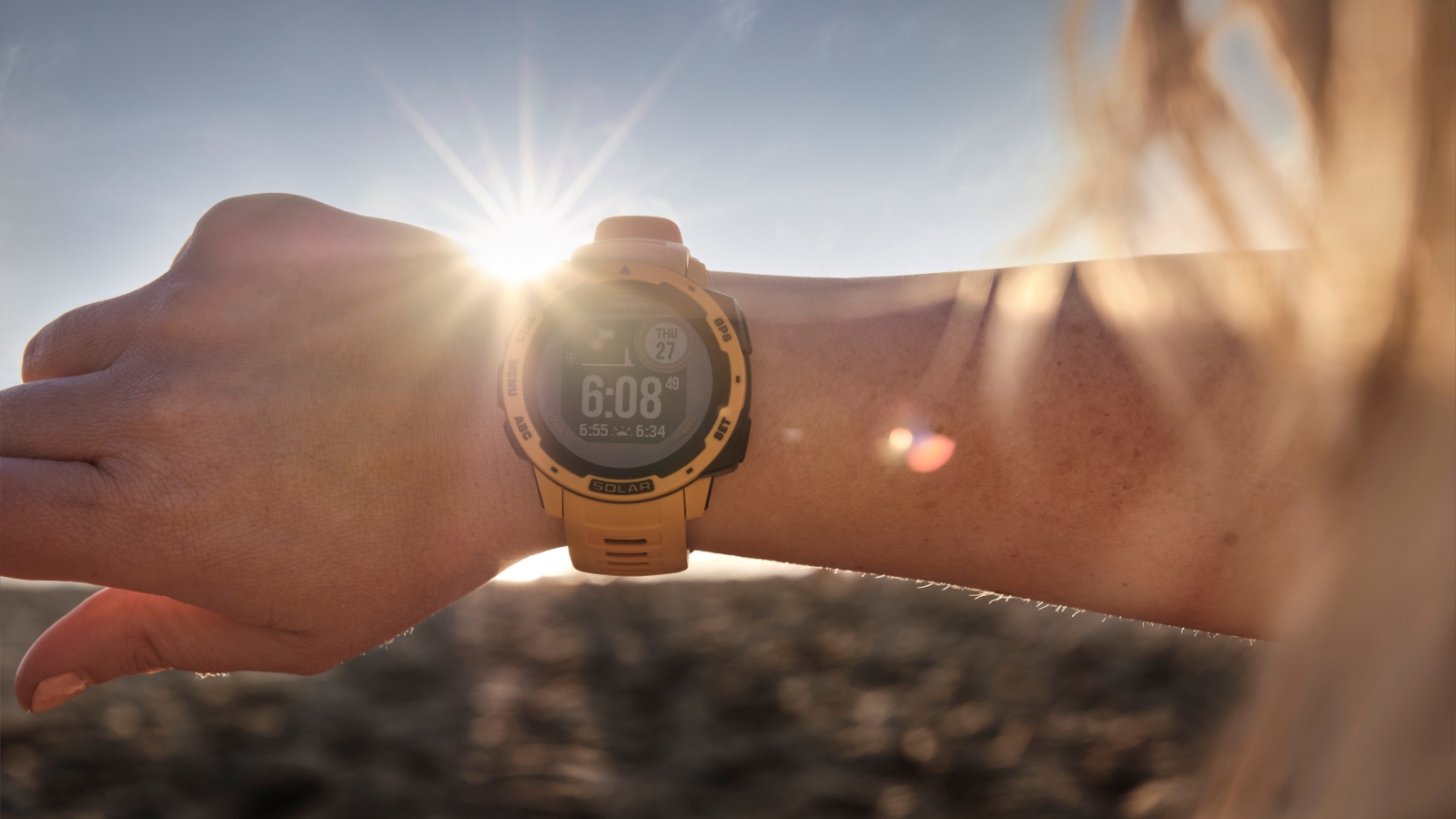
Garmin vs Suunto: build quality
As discussed above, Garmin has a rather diverse watch portfolio so it's almost impossible to use blanket statements when one tries to describe the the build quality of the American brand's watches. Most Garmin watches have a fibre-reinforced polymer case/bezel and usually the display is protected by hardened lens such as Gorilla Glass.
Fenix models use Corning Gorilla Glass DX or sapphire crystal lens, stainless steel, titanium or diamond-like carbon (DLC) coated titanium bezel/case and silicone, leather, titanium or nylon straps. There are 28 different versions of just the Garmin Fenix 6 and they tend to be heavier and more rugged than your average running watch.
Almost all Suunto watches have glass fibre-reinforced polyamide cases (just like Garmins), stainless steel cases, Sapphire crystal lens and silicone straps. Some models, like the Suunto 7, sport Gorilla Glass lens as opposed to Sapphire crystal, while others (e.g. Suunto 9 Baro Titanium) features a 'Grade 5' titanium bezel.
Long story short, both brands' watches are high quality and are rugged AF: you can't go wrong with getting either.

Garmin vs Suunto: battery life
Up until very recently, the Suunto 9 Baro was the watch for ultra runners thanks to its 'Tour' battery saver mode that extends battery life for up to 170 hours in GPS tracking mode. Granted, sensors will work with reduced capacity in this mode and it's mainly good for endurance athletes who are on their feet for elongated periods of time. Of course, the Suunto 9 has milder battery saving options too and even in 'Performance' mode, the GPS battery life is up to 24 hours.
The Suunto 7 has a significantly shorter battery life for two reasons: the operating system and the display type/size. Wear OS burn through battery power pretty quickly, not to mention it takes a lot of energy to power that huge AMOLED display. The battery life is not too bad compared to other Wear OS watches, though.
The battery life in 'lesser' Suunto watches are okay, nothing to rave about though.
No two Garmin watches have the same battery life. The Garmin Enduro has an insanely long battery life but the Fenix 6 is not too far behind either. Some Garmin watches, such as the aforementioned Instinct Solar, have 'indefinite' battery life in certain modes thanks to the Power Glass that harvests solar energy when exposed to sunlight.
The Gamin Venu 2, much like its predecessor the Garmin Venu, has a brilliant battery life compared to other AMOLED watches on the market, which makes us wonder if it's the power-hungriness of Wear OS that affects the battery life of the Suunto 7 so badly. Come to think of it, the Fitbit Versa 3 has a 6+ days battery life with an AMOLED screen and runs Fitbit's own OS (all Garmin watches feature the Garmin OS).
Battery life of Garmin watches are generally good, although the Forerunner 745 was criticised for not having an awful long GPS battery life, which is probably due to the GPS chip not being as energy-efficient as the ones found in other Forerunner watches.

Garmin vs Suunto: training and recovery features
Most Garmin watches nowadays have the Garmin Coach feature onboard (adaptive running trainer), as well as running dynamics analysis, VO2 max estimation, automatic blood oxygen saturation measurements, training status/effect/load/recovery time estimations, plus stuff like Body Battery which shows you your energy levels based on training and recovery status. Recent Garmin watches feature the Elevate v3 optical heart rate sensor which is said to be one of the most accurate optical sensors in the market today. An exception is the Venu 2 that uses the Elevate v4 sensor.
Suunto watches also cover the basics, including wrist heart rate, counting steps/calories, sleep tracking and some higher end Suunto watches also have 'daily resource level' and 'stress and recovery status' features. The last two features are essentially one feature, or at least grouped together on the watch and are very similar to Garmin's Body Battery, telling you how 'well-rested' your body is based on training history, sleep and heart rate.
A 'unique' feature you can find on Suunto watches is FusedTrack. The FusedTrack algorithm combines GPS and motion sensor data to improve track and distance accuracy, extending battery life by lowering GPS power without significantly compromising accuracy. This can also come in handy when the GPS signal is weak as the watch can measure distance travelled with relative accuracy using the motion sensors.
Most Suunto weartables don't have SpO2 measuring capability apart from the latest Suunto 9 version, the Suunto 9 Peak. That said, SpO2 measurements are mostly irrelevant to everyday runners but could be useful for high altitude runs.
All things considered, Garmin offers a wider variety of features, especially for runners but also hikers and cyclists. That said, Suunto might be a good option for trail runners who can't afford the Garmin Enduro.
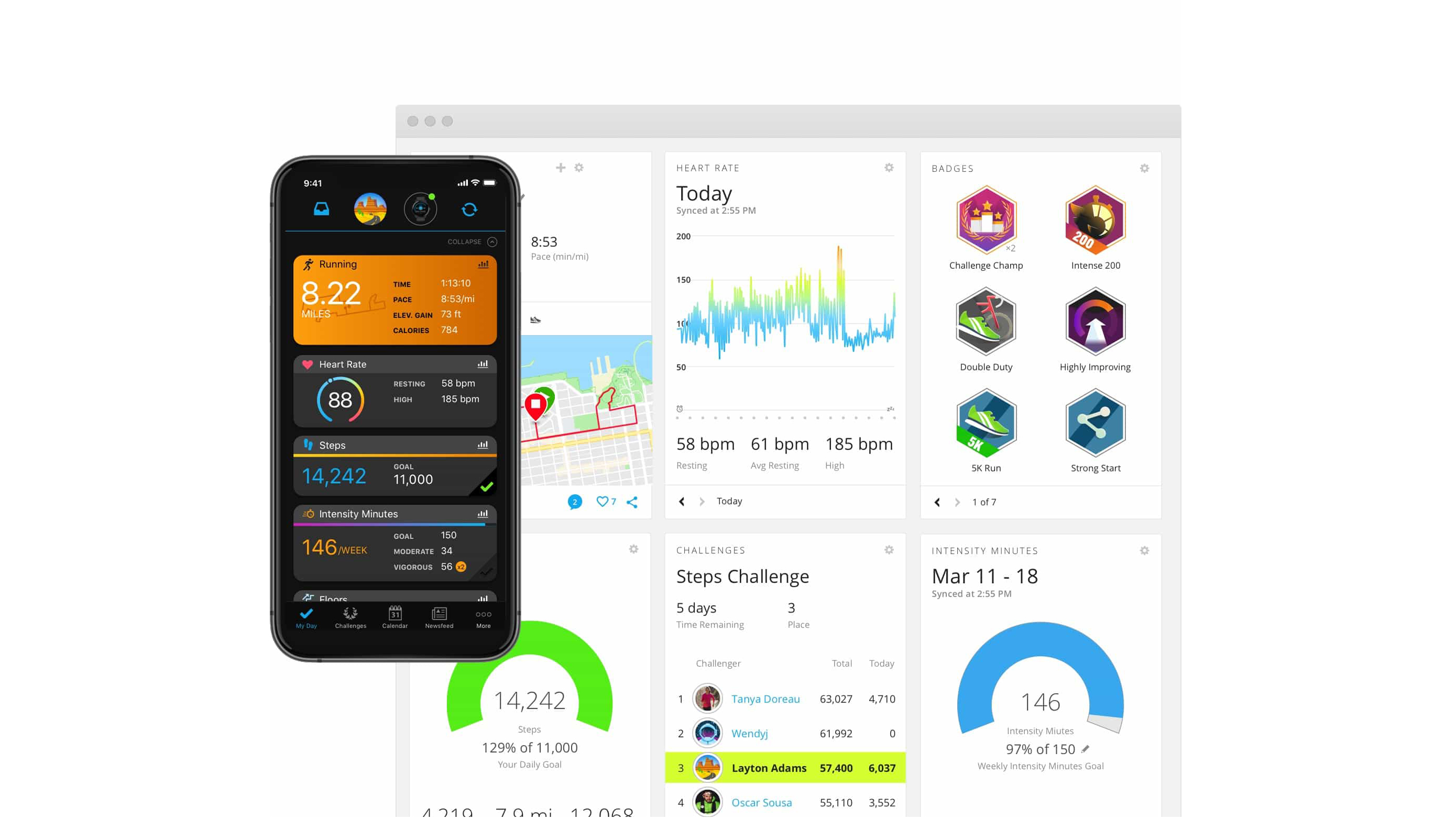
Garmin vs Suunto: companion app
The Suunto App has recently been redesigned and it's not the worst, we must say! The main stats are displayed clearly at the top of the dashboard, including distance travelled, progress/training status and weekly targets (time/distance etc). Each workout is broken down into all charts and maps and you can set the visibility of said workouts individually too (i.e. private, public), which is a nice touch. You'll find the summary of all your activities under summary, grouped under different tabs.
The Suunto 7 uses a slightly different system as it runs on Wear OS, meaning that some watch features can only be changed using the Wear OS app. This can be quite confusing sometimes as the Wear OS system uses its own workout profiles which sometimes doesn't correlate to Suunto profiles, so you can end up not recording the workout into the Suunto App, only to Google Fit. It's as confusing as it sounds.
Garmin’s companion app, Garmin Connect, is not a bad app overall. Daily training summaries are displayed on the dashboard, arranged neatly on cards. It’s generally easy to navigate around the app. Garmin Connect has some third party support but it won’t send data to Google Fit/Apple Health, so if you have another smart device that feeds data into one of these apps, you won’t be able to add extra health data from Garmin devices to the mix.
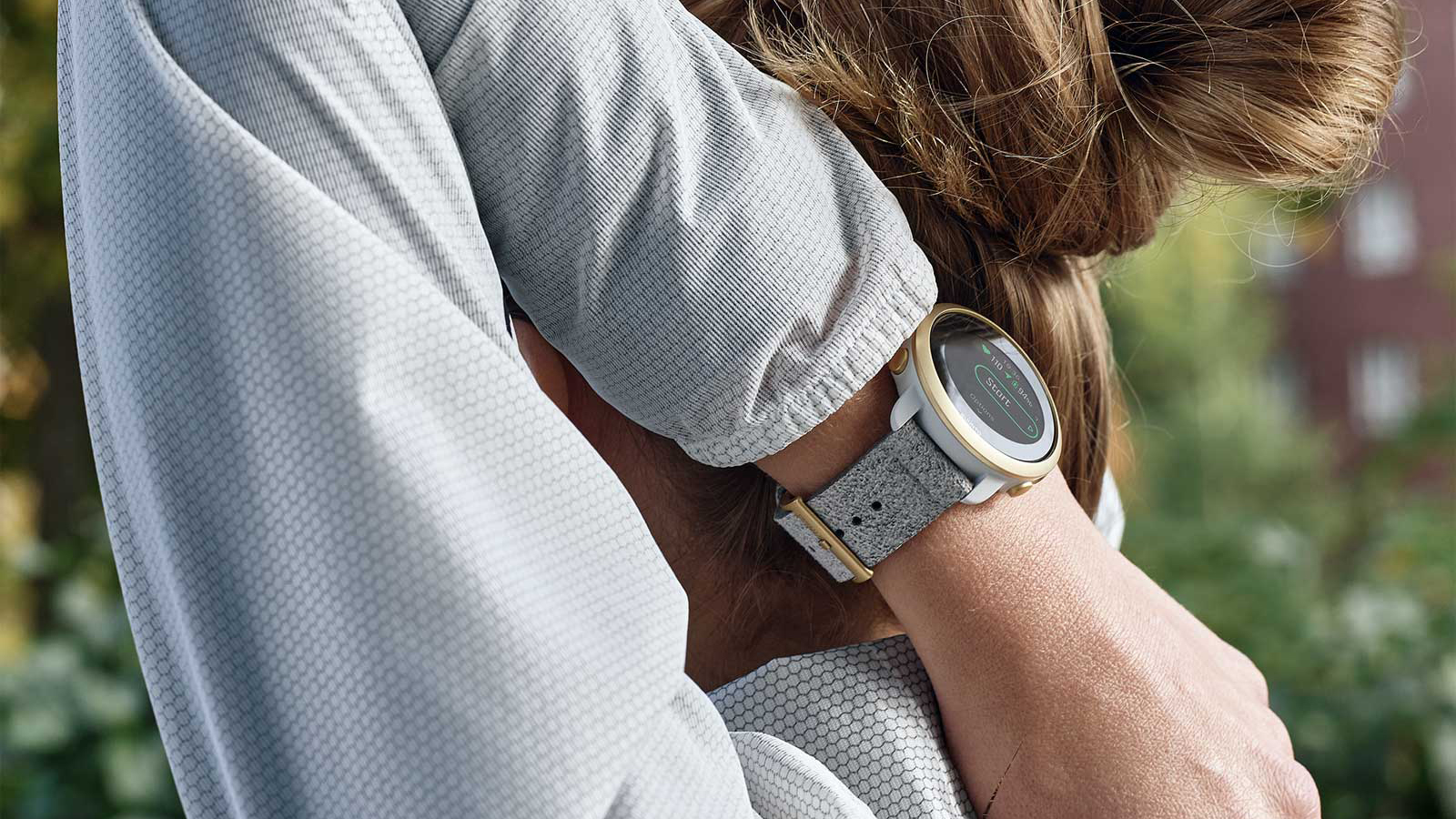
Garmin vs Suunto: verdict
It would be hard to recommend one watch brand over the other. Sure, most people will pick a Garmin but even those who decide to get a Suunto instead won't be disappointed at all, especially if they go with one of the higher end models such as the new Suunto 9 Peak or the Suunto 7.
We would argue that the Garmin Forerunner series is the best for for running training at the moment. Runners at every level can find a Forerunner that matches their needs and when they're ready to step up their game, they will be able to find a more advanced watch to track metrics even more precisely. Unless you already use the Forerunner in which case the only way to get even more precise data is to combine it with the Garmin HRM-Pro heart rate monitor.
Those who like to run the extra mile, especially off road, we would recommend the aforementioned Suunto 9, the Garmin Fenix 6 series or, if you have loads of money, the Garmin Enduro. There is also the Garmin Instinct series for those on a shoestring budget.
For everyday fitness tracking, it's hard not to recommend either the Suunto 7 or the Garmin Venu series, with the latter being of the best lifestyle fitness watches we tested in recent times.
Whichever watch you choose, make sure you check all the pros and cons first and think through what your needs are. It's easy to fall down in the rabbit hole of comparing watches to each other, forgetting why you wanted to get one in the first place.
For the best deals, check out the widgets below, prices are displayed based on your location! We also have a dedicated roundup of the best Garmin watch deals, in case you interested.

Matt Kollat is a journalist and content creator who works for T3.com and its magazine counterpart as an Active Editor. His areas of expertise include wearables, drones, fitness equipment, nutrition and outdoor gear. He joined T3 in 2019. His byline appears in several publications, including Techradar and Fit&Well, and more. Matt also collaborated with other content creators (e.g. Garage Gym Reviews) and judged many awards, such as the European Specialist Sports Nutrition Alliance's ESSNawards. When he isn't working out, running or cycling, you'll find him roaming the countryside and trying out new podcasting and content creation equipment.
-
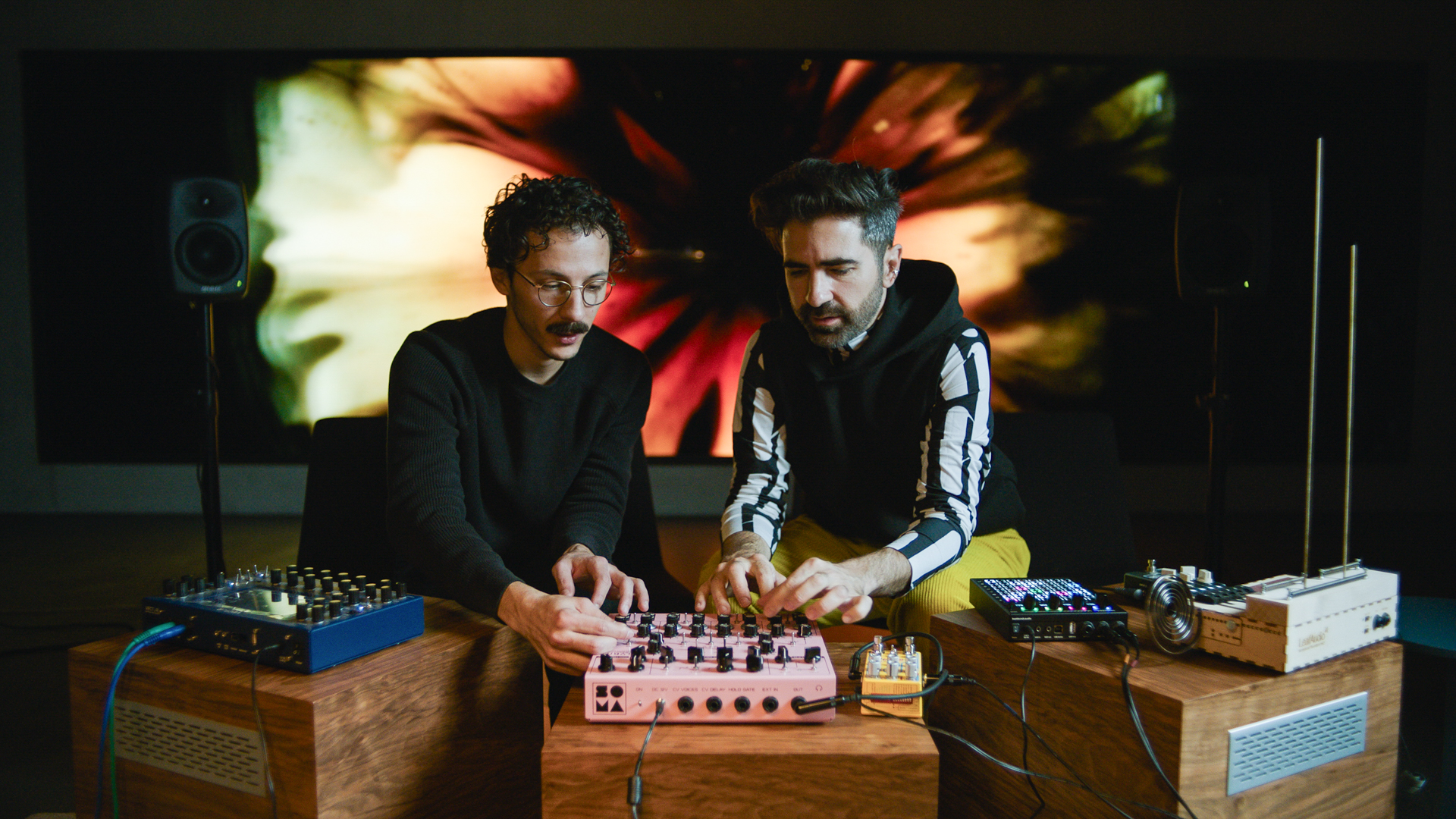 This is the sound of BMW's upcoming Neue Klasse EVs
This is the sound of BMW's upcoming Neue Klasse EVsHas BMW cracked the problem of making EVs sound fun with its next-gen soundscape for its Neue Klasse cars
By Alistair Charlton
-
 Build unshakeable core strength with a kettlebell and these three exercises
Build unshakeable core strength with a kettlebell and these three exercisesAdd this to the end of your workout to fire up your midsection muscles
By Bryony Firth-Bernard